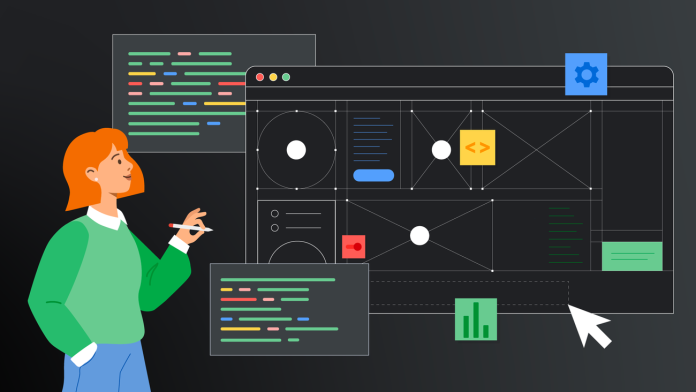In today’s tech-driven landscape, the fusion of creativity and technology is taking a new form—vibe coding. This innovative approach, powered by AI, is democratizing software development, allowing individuals without traditional coding skills to transform their ideas into functional applications. As small business owners increasingly seek cost-effective and efficient solutions for web and app design, vibe coding presents both an opportunity and a new skill set to master.
Kelly Schaefer, Product Director at Google Labs, describes vibe coding as a method that enables users to articulate their visions in simple terms, which an AI tool then translates into usable products. “You can build what you envisioned in your head even if you don’t have traditional coding skills,” Schaefer explains. This accessibility is crucial for small business owners, who often lack the resources to hire full-time developers.
One of the standout applications of vibe coding is its ability to streamline the prototyping process. Tools like Google’s Gemini and Stitch allow users to generate app prototypes quickly. For instance, a small business owner can prompt “make me a web app prototype,” and within moments, receive a basic design to visualize their idea. This rapid prototyping can assist in pitching ideas to stakeholders or team members without investing significant time or financial resources.
However, it’s important to understand the limitations of vibe coding. As Schaefer points out, while you can create simple applications, turning these into fully functional products suitable for a broad audience still requires some coding expertise. “If you want to bring a vibe-coded app all the way to being a fully launched product, you still need coding skill and precision,” she cautions. This means businesses may still need to involve developers, especially for more complex applications.
For projects where quick visualization is essential, vibe coding is highly effective. Schaefer notes that tools like Stitch allow users to generate front-end code and design interfaces effortlessly. Coupled with AI agents like Jules, which help implement ideas at a production level, small business owners can move from brainstorming to functioning apps with greater ease. “Together, Stitch and Jules show how vibe coding isn’t just about generating snapshots of an experience but making the full loop from idea to design to production-ready code accessible,” she adds.
This iterative process can be particularly beneficial in competitive markets where speed and adaptability are vital. Small business owners can leverage vibe coding not only for app development but also to experiment and test ideas. Schaefer encourages users to play with these tools: “Many of our products in Labs began as fast, vibe-coded experiments and then grew into stable, production-ready tools.”
That being said, there are challenges to keep in mind. While vibe coding opens doors, the need for technical skills remains important for businesses aiming for a polished, professional product. Owners must balance their creative visions with the practicalities of development. Simple prompts could lead to basic apps, but more complex requests might fall short without the participation of someone skilled in coding.
For small business owners looking to harness the power of vibe coding, Schaefer recommends starting small. Engaging with tools like Gemini allows users to refine their ideas before jumping into production. Asking the AI questions like “What am I not considering here?” can help develop clarity around the app’s purpose and features.
Ultimately, vibe coding is not just a passing trend; it’s a significant shift toward making technology accessible to all. By embracing this innovative approach, small business owners can catalyze their ideas, reduce reliance on extensive coding, and foster a more agile workflow. As Schaefer puts it, “So much of using these tools is knowing yourself and what you want to accomplish, not just listening to the AI.”
For more insights on vibe coding, check out the full post at Google’s AI Blog.
Image Via Gemini



